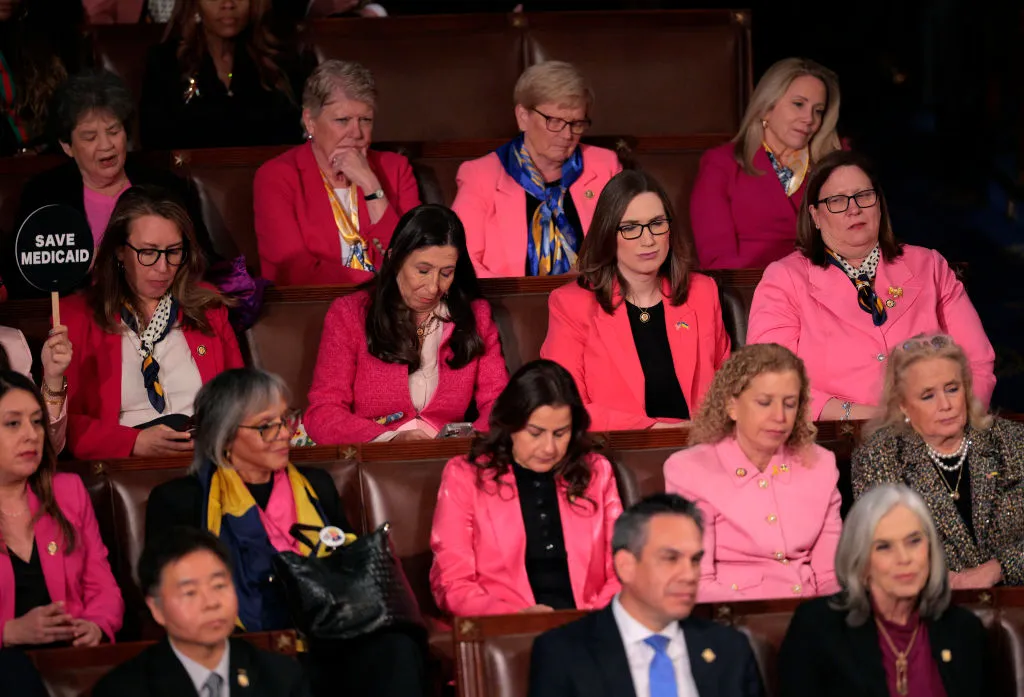Co-Ed Color Guard?
December 18, 2017
Color Guard was created by band director Leonard Haug to honor the military and to continue a Swiss tradition of flag spinning called Fachenschwingen. The original 1938 squad was all male, but only two years later, it was co-ed. By 1940, University of Oklahoma flag swingers were participating at basketball games and creating innovative routines with two flags. Being the oldest known and existing unit of its kind in American marching bands, the O.U. color guard made history. We are able to honor this history due to the work of Leonard Haug, who took major steps in both making color guard and establishing it as a co-ed sport.
Though Color Guard played a role in drawing attention to the band, it seems all eyes have been on them. Many marching band officials criticized it for allowing women to have a powerful role in the sport. In the 1958 novel, The College and University Band, author Arthur Williams wrote, “If it actually made no difference to your high school or community whether or not you fronted your band with girl majorettes, baton twirlers, flag swingers, pompom girls, and so on, what would you prefer? Favor use of girl majorettes and so on: 52 percent. Prefer no use of girl majorettes and so on: 48 percent.” Due to large scale sexism from the creation of color guard and on, important figures such as the creator of the American color guard, Haug, have found it best to have a co-ed color guard in order to have equality. How come this revolutionary sport has taken steps backward, now being all female at Santiago High School, since its time as one of the only co-ed sports?
There are many arguments from those interviewed as to why the sport at Santiago is all female, such as the fear of sexism, injuries, and costs, but they’re all easy to debunk.
Sexism, whether it is towards males or females, is a big societal problem we are still fighting to solve today. Though the fear of sexism within the team is understandable, it is unreasonable. The novel, “Playing With the Boys: Why Separate is Not Equal”, suggests that gender segregation dismisses female teams as inferior to male teams. Co-author Laura Pappano claims that evaluating each athlete’s skill and populating teams with individuals based on skill levels allows teams to be more competitive and recognize the athletic skills of players.
There is a popular claim that co-ed sports cause more injuries; however, it is simply false. According to medical studies, players of co-ed sports are actually more careful during the play of their sport than players of gender segregated sports. Though there are concerns for men harming women in co-ed sports, those concerns have no valid evidence and are simply caused by sexism. The amount of injuries in co-ed sports is often less than the amount of injuries in gender segregated sports because there is more awareness for an opponent’s well being. Co-ed sports also often focus on the strengths and weaknesses of each player and put them in a position that helps challenge and improved the player’s skills.
When it comes to the schools budget, co-ed sports are more cost efficient. Some schools and communities have learned that offering co-ed teams allows more players to participate for a smaller total cost. Co-ed teams can mean smaller coaching staffs than what would be needed for separate, sexually-segregated teams. Co-ed teams also reduce complications in scheduling competitions in terms of apportioning time and space on playing fields. Additionally, requiring sexually-segregated teams could mean that girls don’t play if a school does not have enough female players to build a team, and vice versa.
When I interviewed the girls in color guard on the topic of allowing the sport to be co-ed, the response was largely supportive of the idea. Every single girl I interviewed claimed it would be better for the sport, allowing for more routines and performance styles. Many of them seemed angered by the fact that men aren’t in color guard, using words I cannot write. They claim every boy that has tried out has been turned away, even when they are skilled. The color guard coach claimed something very different, saying no boy has ever tried out. Though I cannot say who is or isn’t telling the truth, the minor problem Santiago faces within its own color guard reflects on equalism today and how far we, as a society, have truly come.










